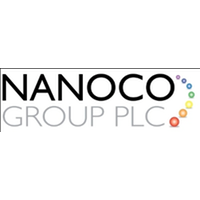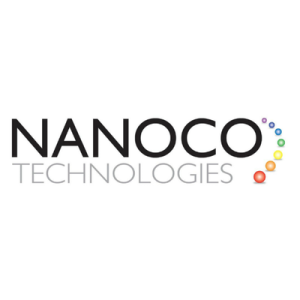Which industry employs twice as many people in the UK as pharmaceuticals and more than either the space or “fintech” sectors? The answer is photonics, according to the Photonics Leadership Group (PLG) – a trade association representing more than 120 members in the field. For the last few years, it has been tracking and collating all the myriad applications of optical technologies or photonics. That’s no easy task given that most emerge from hundreds of small- and medium-sized enterprises.
According to the PLG’s UK Photonics 2035 report, some 76 000 people are employed in the photonics industry in 1200 firms across all UK regions, generating £14.5bn of turnover each year. With a gross value added to the economy of £85 000 per employee, photonics is the fifth most productive UK manufacturing sector, the report says. British universities, it claims, are global leaders in the field, with some 20% of global publications in photonics originating in the UK.
Nanoco Group PLC (LON:NANO) leads the world in the research, development and large-scale manufacture of heavy metal-free nanomaterials for use in displays, lighting, vertical farming, solar energy and bio-imaging.


